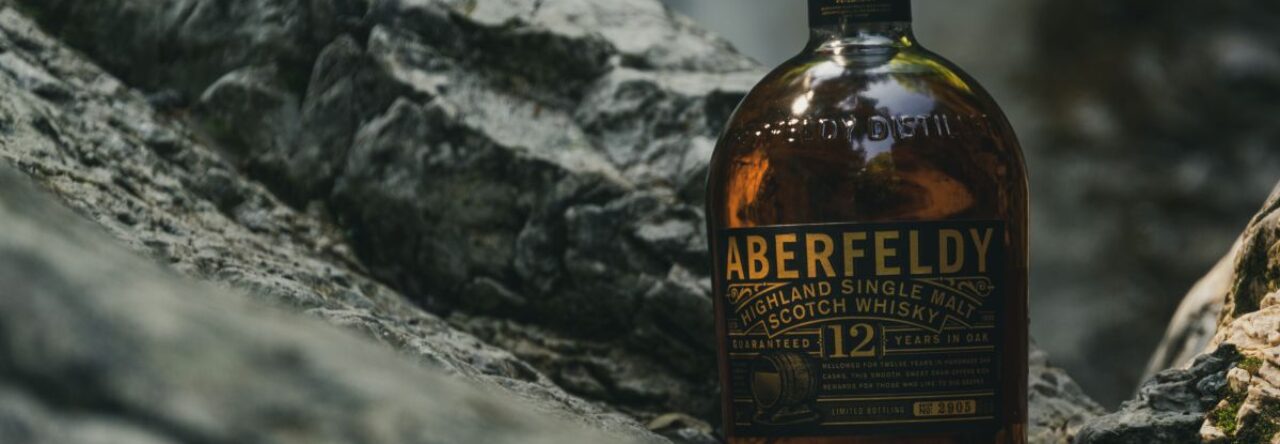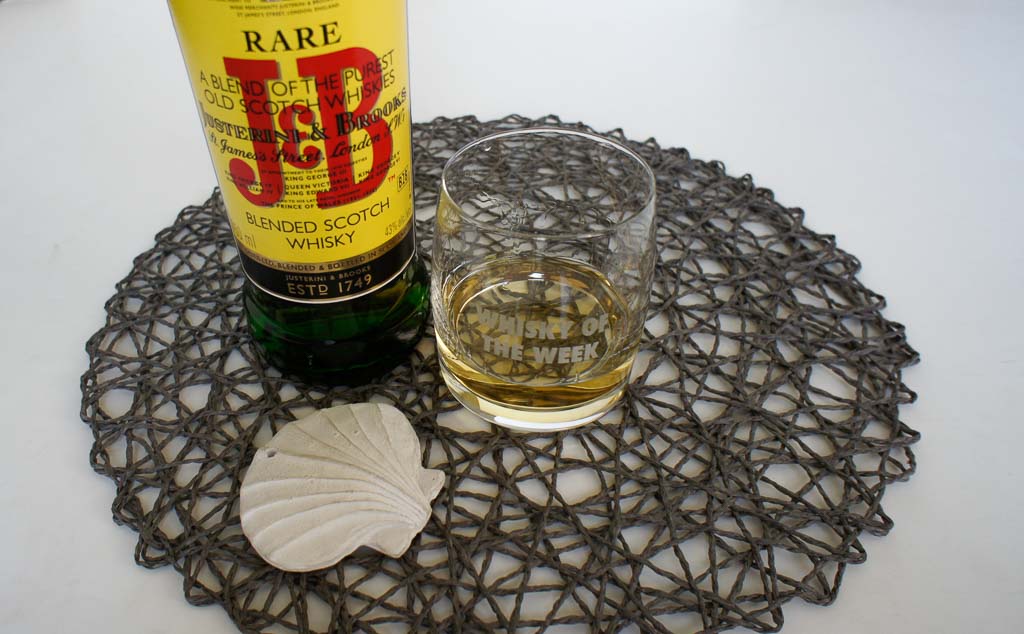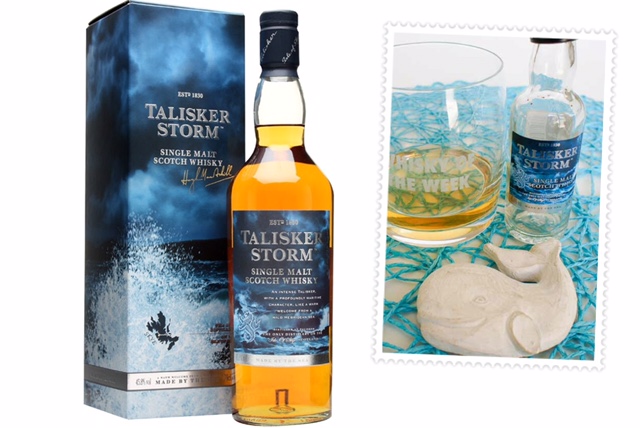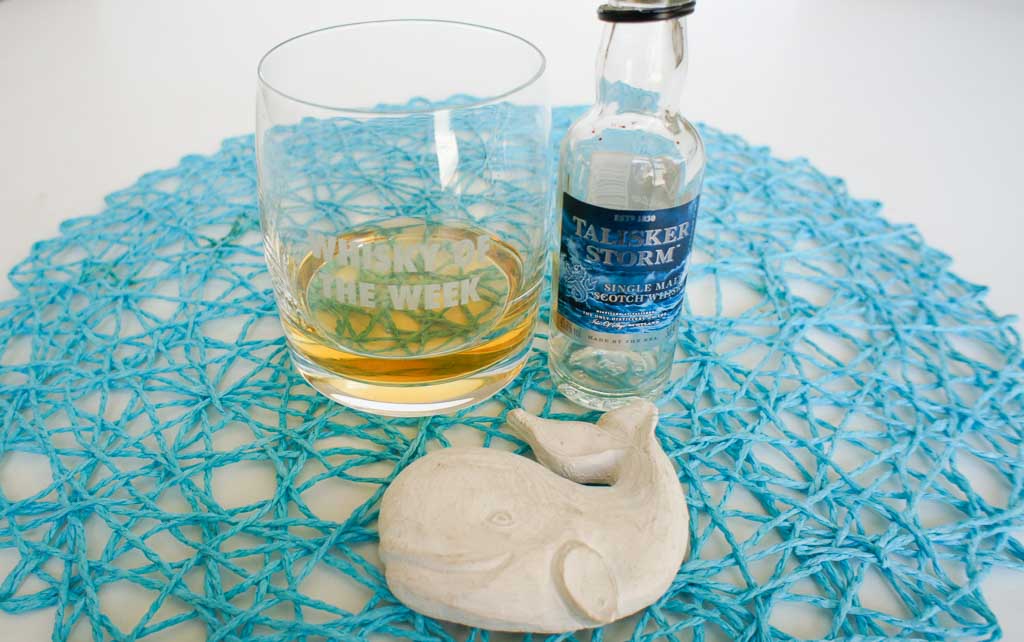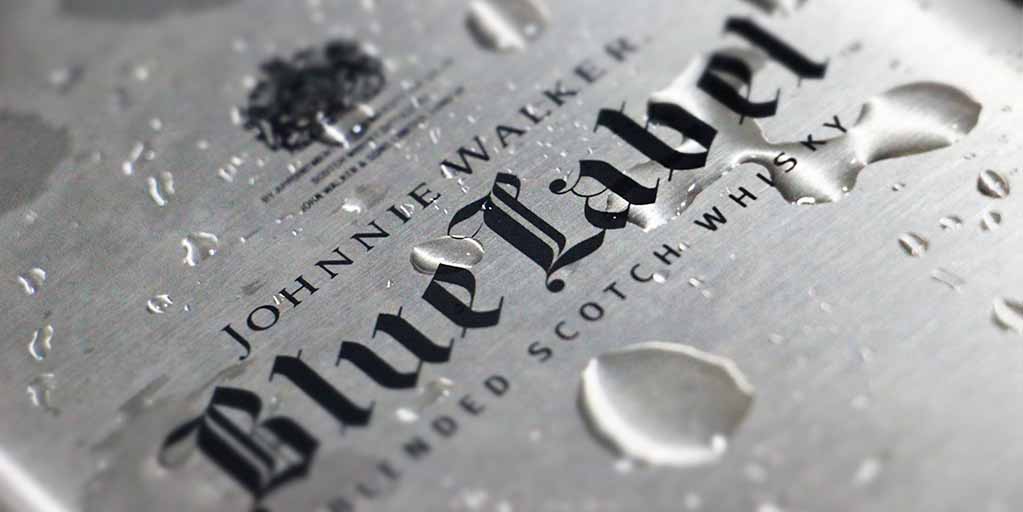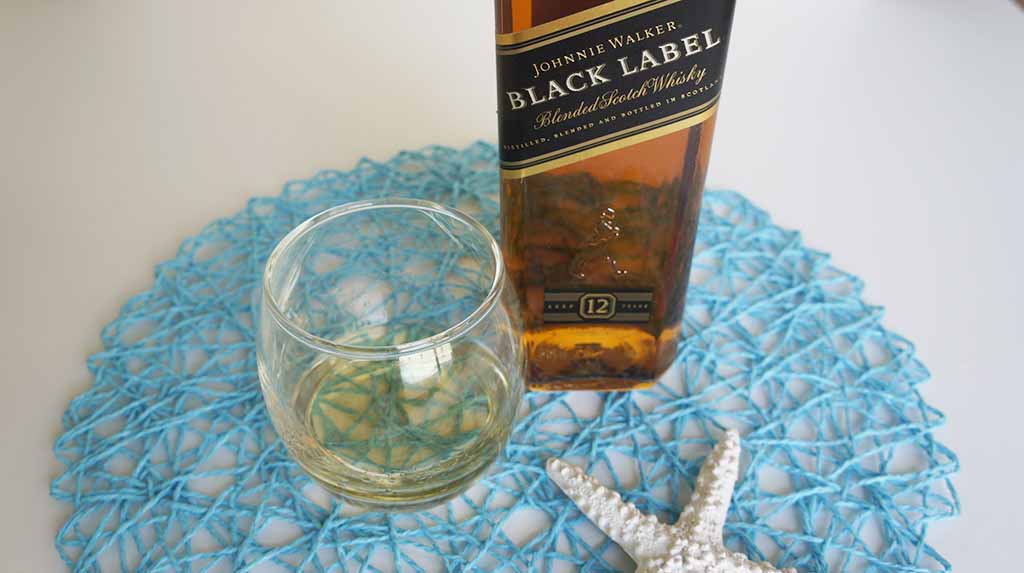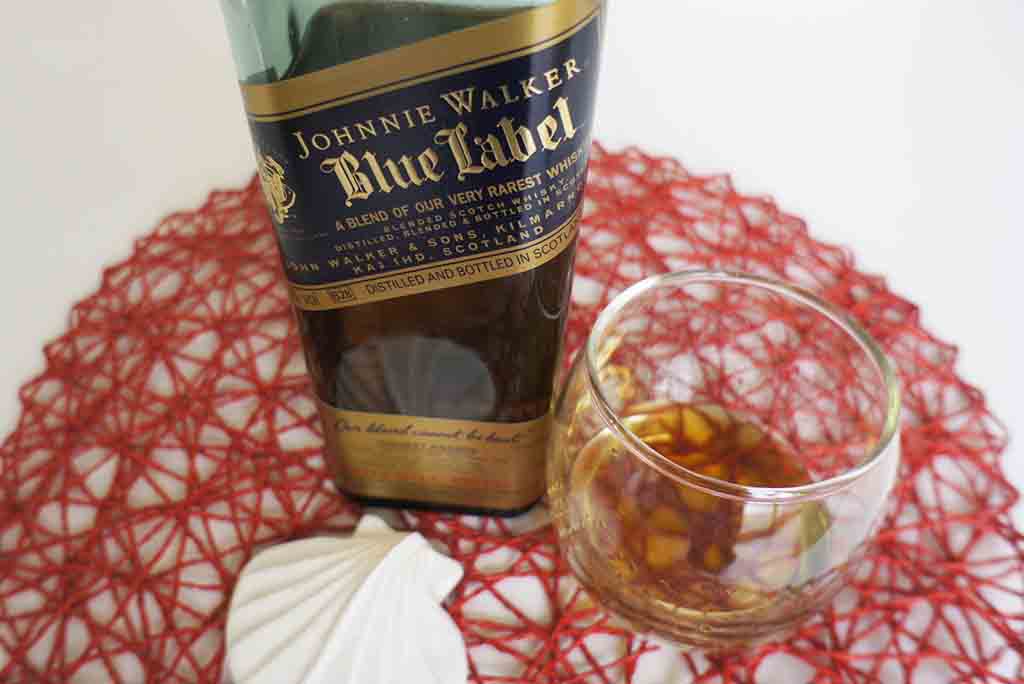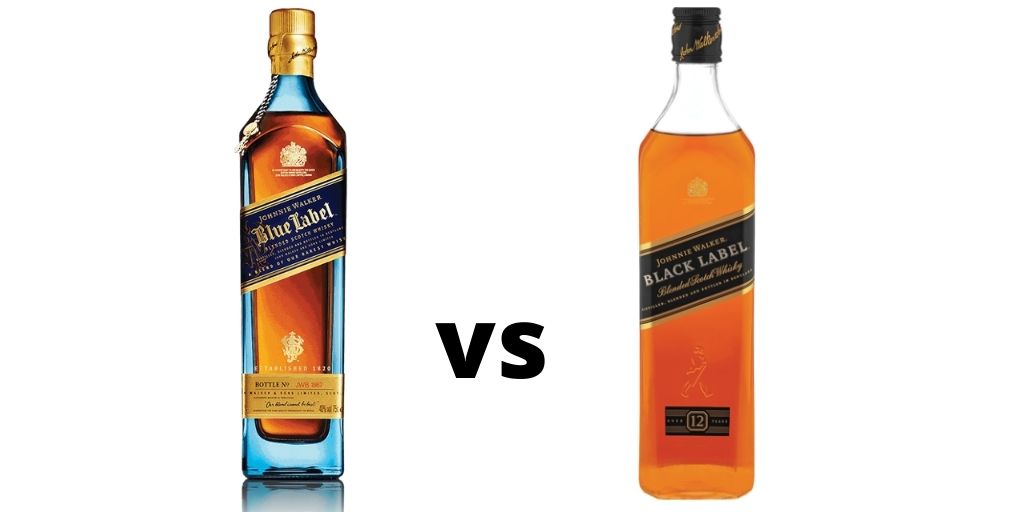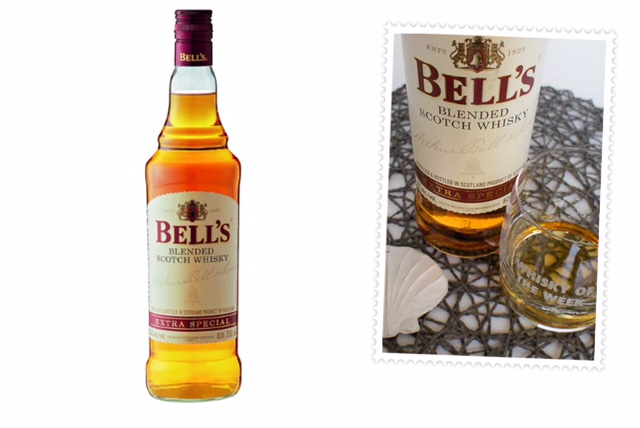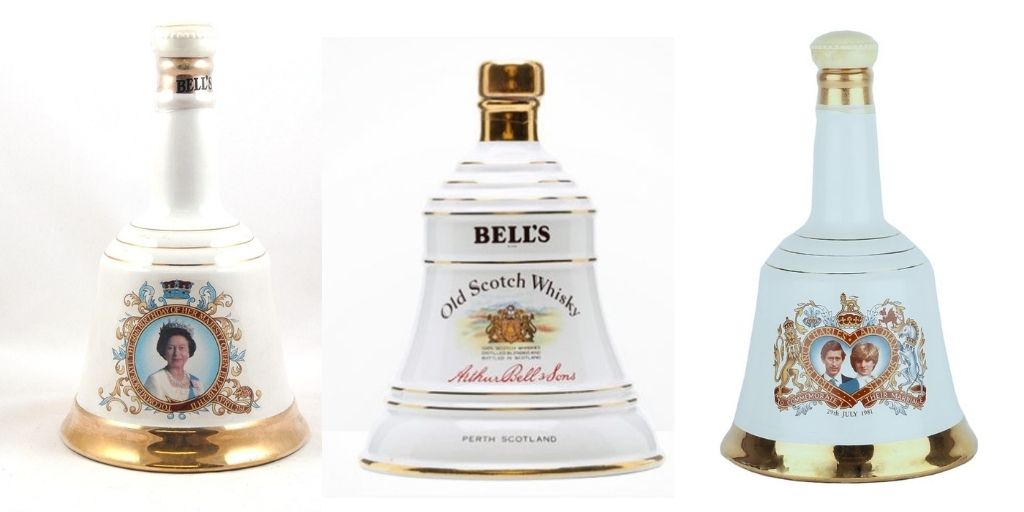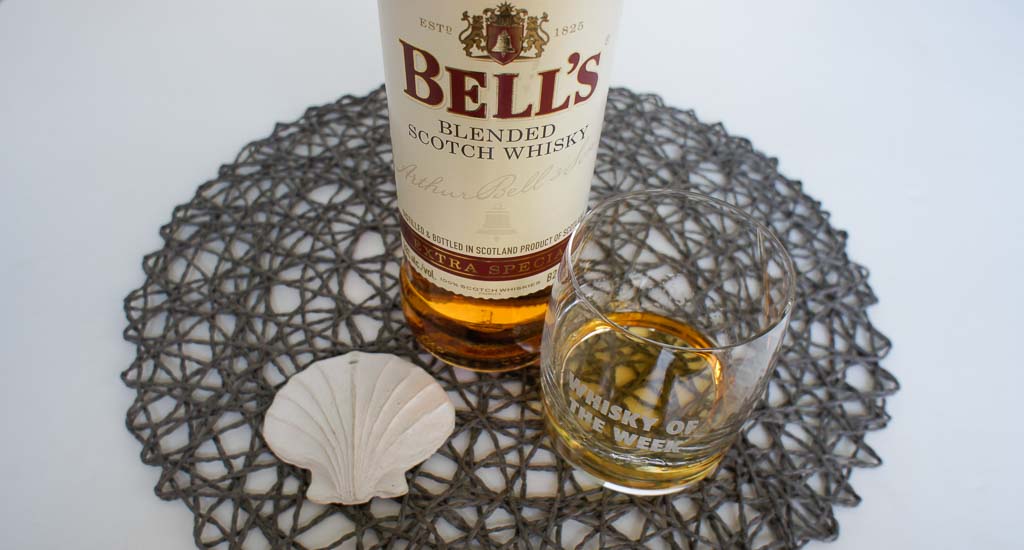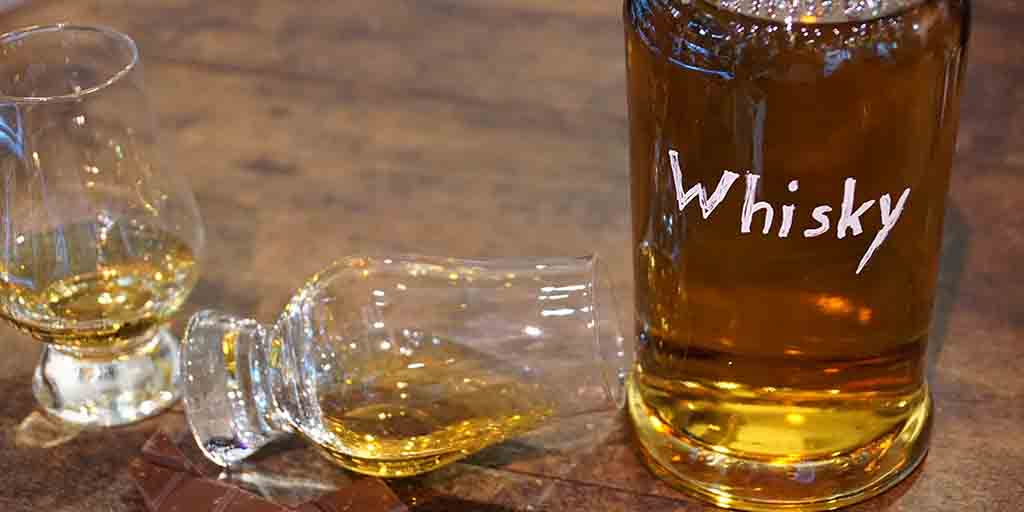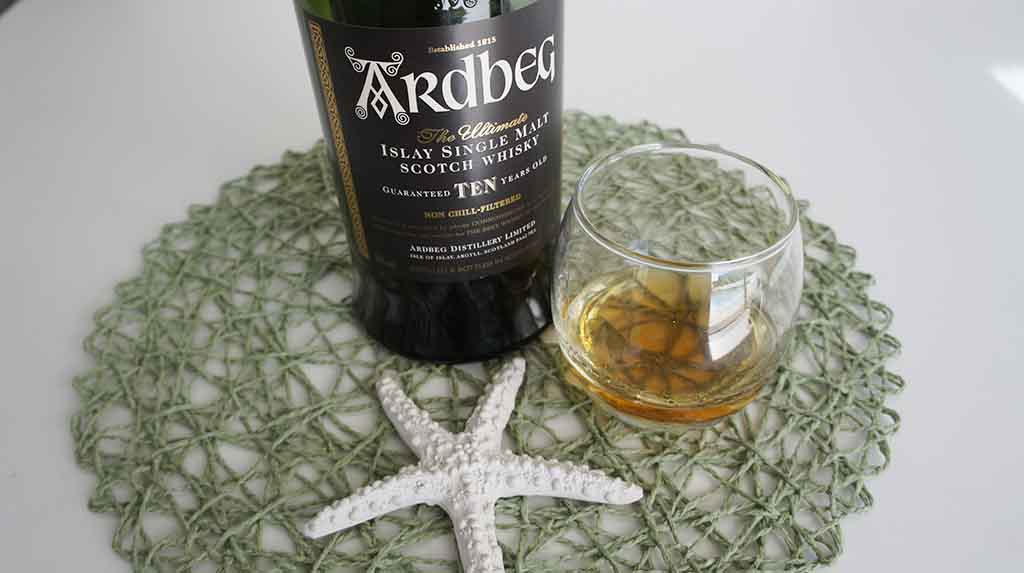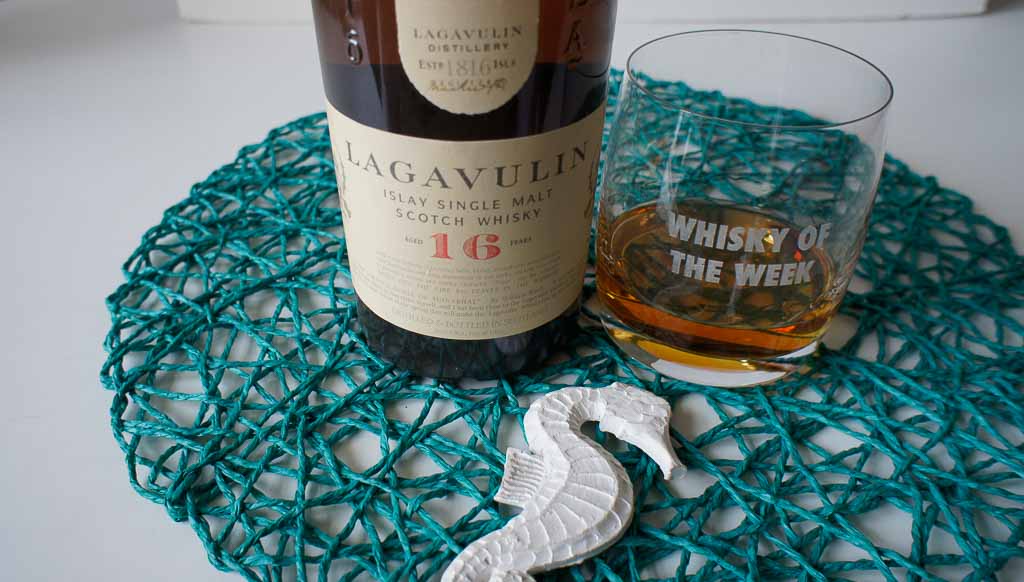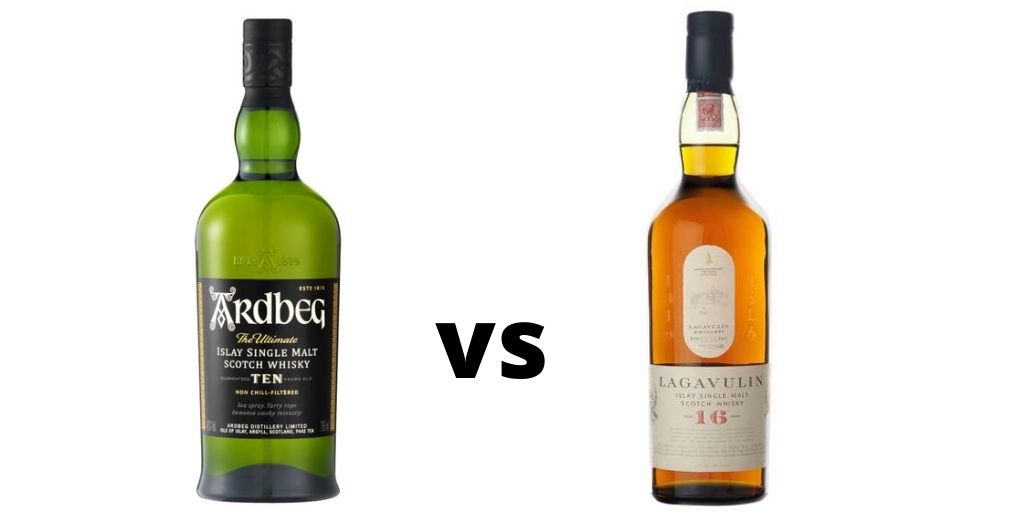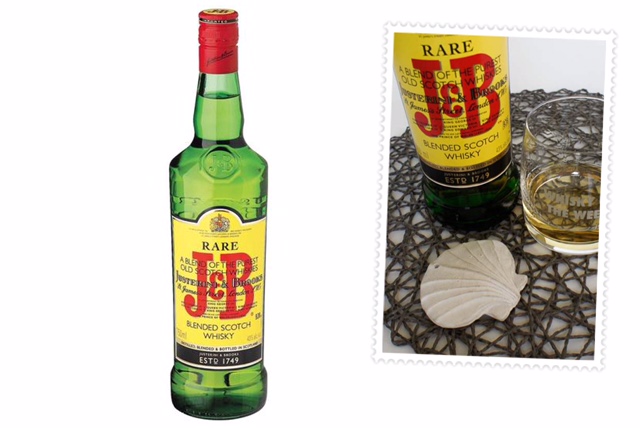 Continuing my exploration of budget whisky blends and today, I look at the very popular J&B Rare Blended Scotch whisky. It is another well known and affordable release from Diageo.
Continuing my exploration of budget whisky blends and today, I look at the very popular J&B Rare Blended Scotch whisky. It is another well known and affordable release from Diageo.
In 1749, Giacomo Justerini fell in love with an opera singer, Margherita Bellini, and followed her to London. He was the son of an Italian master distiller and brought with him various recipes for liqueurs.
In England, Bellini introduced him to George Johnson and together, they established the wine merchants Johnson & Justerini. In 1760, Justerini sold his part of the business to Johnson and went back home to Italy.
Johnson and subsequently his family continued to grow the business. In 1831, Johnson’s family sold the company to Alfred Brooks. The firm was renamed Justerini & Brooks.
Seeing the potential of blended whisky, J&B was one of the first London spirits merchants to buy up malt whisky stocks and create its own “house” blend.
In the early 1930s, J&B Rare Scotch whisky was developed to appeal to the American palate and as a chief rival to another new-style blended Scotch; Cutty Sark. The American market loved the blend, and over time it became one of the best-known budget blends in the world.
J&B whisky is a blend of 42 malt and grain whiskies. It includes single malts from Knockando, Auchroisk and Glen Spey. It is a NAS release, and in South Africa, it retails for around R 190.
Other releases in the J&B whisky portfolio include the J&B Jet, J&B Reserve and the J&B Urban Honey liqueur.
Also Read: Black & White Whisky
J&B Rare Scotch Whisky Review
COLOUR: Light gold
NOSE: Grain sweetness, alcohol notes with malt and wood. Delicate hints of fruit salad sweetness. Not very complex.
PALATE: Drying oak and malt with caramel sweetness and hints of vanilla. Raws alcohol notes on the palate, which makes the dram rather rough. Water softens the alcohol notes but brings forward pepper and bitter lemon.
FINISH: Medium length with oak and bitter lemon.
RATING: GOOD
The nose has a very distinctive grain sweetness that reminds me of my university days. We could not afford anything more expensive, and we mixed the J&B whisky with some Appletiser. John used to drink this with lemonade at university. A reasonable whisky to use in cocktails.
I find that it has a cloying sweetness and too many rough alcohol notes. The bitter lemon finish is also a bit off-putting. I need to do a budget whisky side by side review to see where this fits in with the other affordable drams I have tried this year. It is not my favourite.
Also Read: Vat 69 Scotch Whisky
